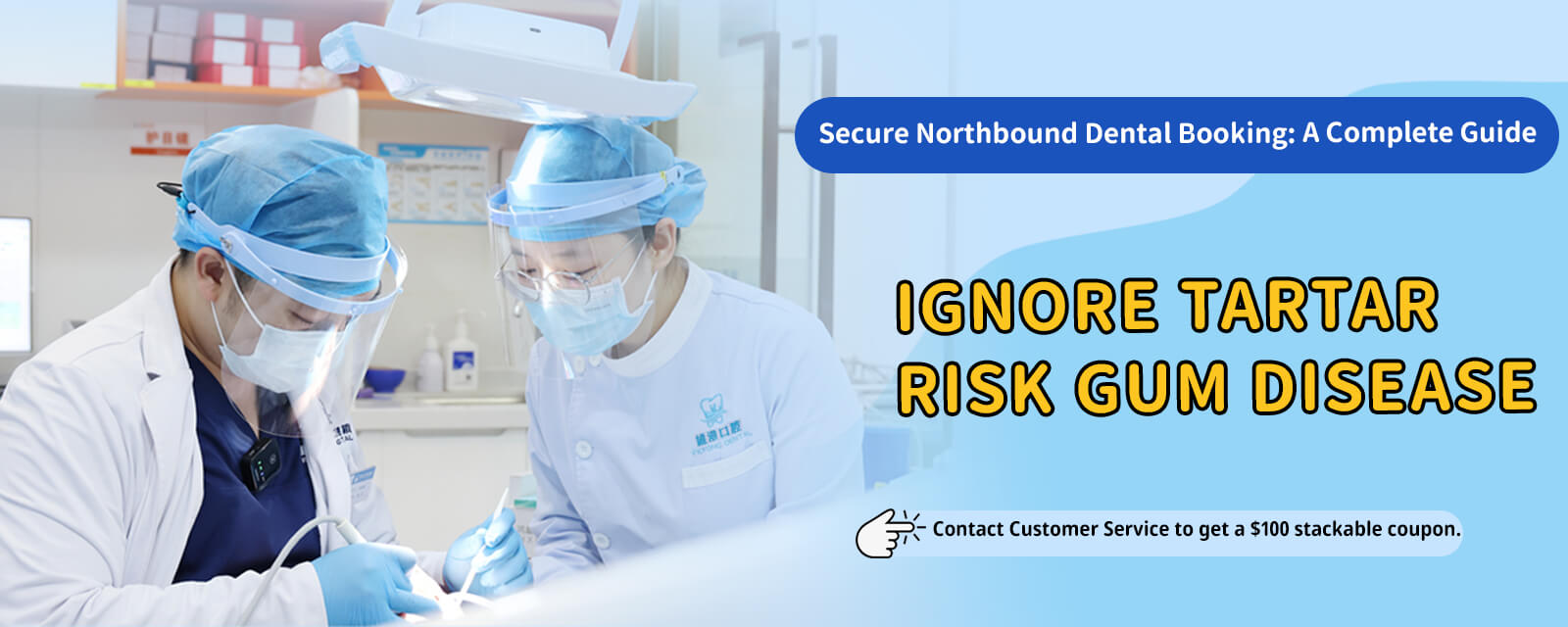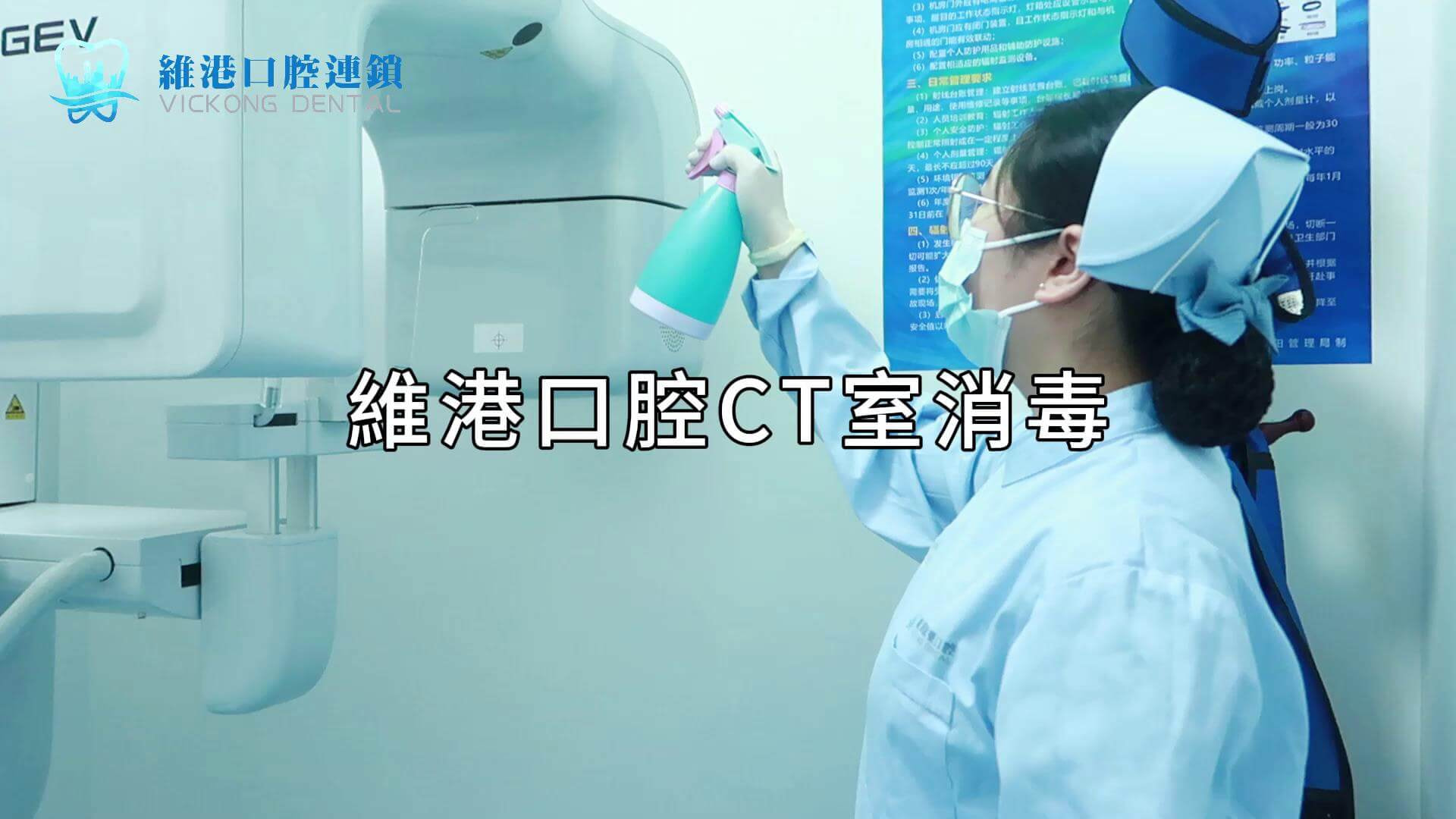# Do Dental Clinics in Mainland China Offer Post-Operative Follow-Up for Implant Procedures?
In recent years, many Hong Kong residents have chosen to travel to mainland China for dental implants. This decision is often driven by reasons such as modern clinic facilities, a wider range of options, and more convenient scheduling. However, getting a dental implant is not an instantaneous procedure. From inserting the artificial root, allowing the gums and bone to fuse, to installing the crown, there is a significant recovery period involved. This leads to the question: Do dental clinics in mainland China offer post-operative follow-up services, and how can one ensure a safe and complete treatment process?
## Why is Post-Operative Follow-Up Important?
Like any other surgical procedure, dental implants require critical post-operative observation. The artificial root needs time to integrate with the jawbone, which can involve minor swelling, itchy gums, or even infection risks. Without regular follow-ups and professional evaluations by a dentist, along with necessary adjustments based on how well the wound is healing, you might miss the right moment to address potential issues.
Post-operative follow-ups typically involve checking the wound, evaluating gum health, ensuring the implant is secure, and removing difficult-to-clean plaque that may foster bacteria growth. In essence, follow-ups are not merely routine procedures but a vital part of ensuring the overall success of the dental implant.
## Follow-Up Arrangements at Mainland Clinics
The approach to post-operative follow-up can vary across clinics in mainland China. Some clinics explicitly schedule multiple follow-up appointments, while others require patients to make their own bookings. Often, clinics will help plan the follow-up timetable before the procedure starts, allowing easier arrangements for your travel back to the mainland.
Some clinics even provide cross-border coordination services, like advising on simple care routines in Hong Kong and scheduling more thorough checks during your next visit. Certain clinics may also offer online platforms for regular updates, allowing photo and video consultations with dentists when returning immediately isnt feasible, ensuring you receive professional advice.
## Choosing a Clinic with Re

liable Follow-Up Services
If youre considering a dental implant in mainland China, focus on these aspects when selecting a clinic:
1. **Clear Post-Operative Plans**: Inquire about the frequency of follow-ups and what each visit entails.
2. **Accessibility and Convenience**: Since follow-ups are frequent, choose a clinic thats easy to reach and fits your schedule.
3. **Cross-Border Support**: Check if the clinic provides online consultations or has partner dentists in Hong Kong for simple checks.
4. **Doctors Credentials and Team Stability**: Ensure the presiding doctor remains throughout your treatment to avoid information gaps.
## Preparing for Follow-Up Visits
Beyond clinic arrangements, personal care is crucial. Practice meticulous oral hygiene, avoid overly hard or spicy foods, and maintain a balanced diet to aid healing. Before each follow-up, note any symptoms like pain or swollen gums to help the dentist diagnose any issues.
Additionally, bring all previous check-up records or images to the appointment, particularly if youve had any examinations in Hong Kong or elsewhere, to provide complete information to your practitioner.
## Important Considerations for Cross-Border Follow-Ups
When traveling between Hong Kong and mainland China, plan your appointments early to avoid peak travel times and reduce wait times. If unexpected issues arise, such as severe swelling or continuous bleeding, contact your clinic immediately and schedule an earlier visit if necessary. Do not postpone addressing critical concerns.
If immediate travel to the mainland isnt possible, consult a qualified dentist in Hong Kong for preliminary checks, and forward the results to your primary dentist in mainland China for advice.
## Conclusion
Undergoing a dental implant in mainland China involves more than just the procedure day; its a long-term process encompassing pre-surgery evaluations, the implantation, follow-up visits, and eventually the complete treatment. Post-operative follow-up plays a protective role, helping to identify potential issues early and ensuring the longevity and stability of the implant. When selecting a clinic, prioritize those with comprehensive post-operative plans, convenient follow-up options, and cross-border support to enjoy a healthy, beautiful smile with peace of mind.

























